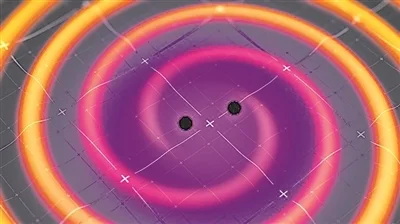"Informed AI News" is an publications aggregation platform, ensuring you only gain the most valuable information, to eliminate information asymmetry and break through the limits of information cocoons. Find out more >>
New Tools Facilitate Cosmic Exploration: Advances in Gravitational Wave Detection Technology
- summary
- score

Gravitational waves, ripples in spacetime, were first predicted by Einstein in 1916 and directly detected for the first time in 2015. Physicists believe this is just the tip of the iceberg.
New observatories and technologies are being developed to discover more gravitational waves. The Pulsar Timing Array (PTA) technology, which has already detected background gravitational waves in 2023, uses the slight variations in pulsar signals to detect gravitational waves at nanohertz frequencies.
The Simons Observatory, located in Chile, will provide the best observations of the cosmic microwave background radiation (CMB), searching for traces of gravitational waves from the Big Bang and revealing the secrets of cosmic inflation.
Atomic interferometer technology is used to detect gravitational waves just below 1 hertz. A 10-meter-high atomic interferometer developed by Stanford University, part of the MAGIS-100 project, is set to be completed in 2027.
Desktop detectors, such as the levitated sensing detector at Northwestern University in the USA, are used to detect gravitational waves at 100 kilohertz. The University of Southampton plans to use Bose-Einstein Condensates (BEC) to detect higher frequency gravitational waves.
These new tools and technologies will further unveil the mysteries of the universe.
| Scores | Value | Explanation |
|---|---|---|
| Objectivity | 7 | 内容客观,全面报道,深入分析。 |
| Social Impact | 4 | 引发科学界和社会的广泛讨论。 |
| Credibility | 6 | 内容可信,多源验证。 |
| Potential | 6 | 极有可能引发科学技术的重大变革。 |
| Practicality | 5 | 内容实用,已广泛应用。 |
| Entertainment Value | 3 | 具有一定的科普娱乐价值。 |